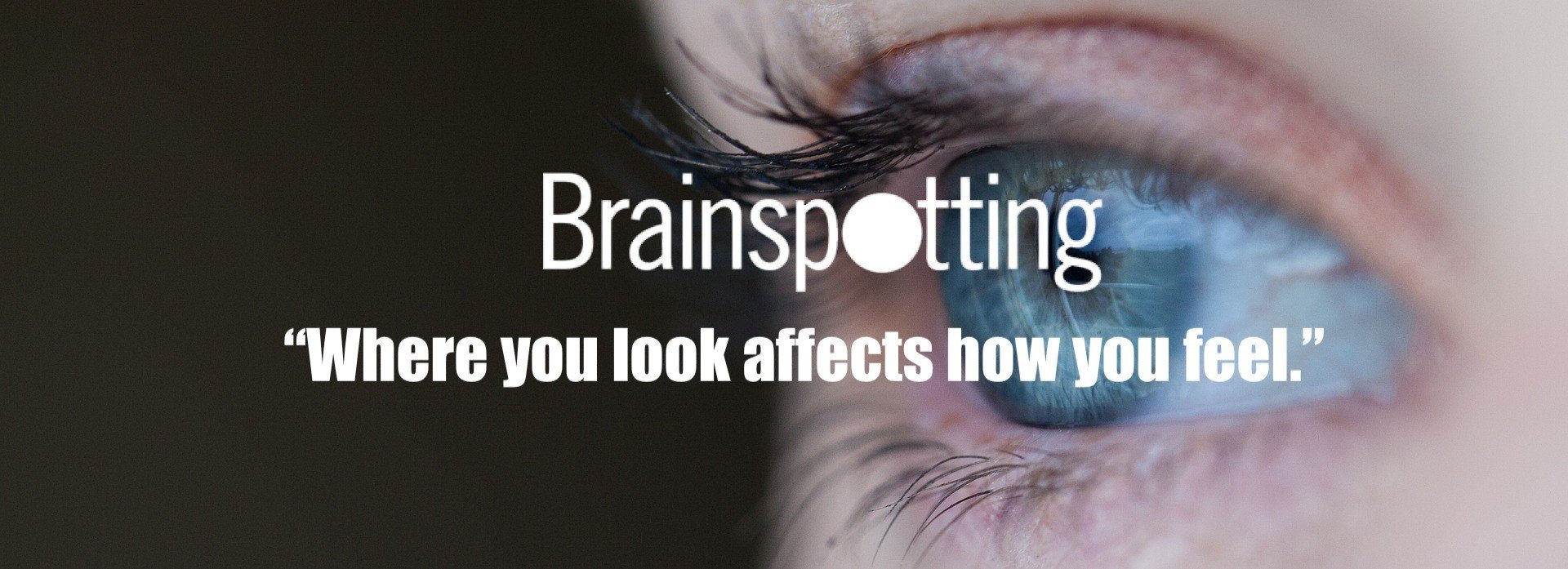Why Try Brainspotting?
Gets to the Root of the Issue – Instead of just talking through problems, Brainspotting helps your brain process and release what’s really keeping you stuck.
Great for Trauma & Anxiety – It’s especially effective for trauma, anxiety, and emotional pain that feels hard to shake.
Works When Talk Therapy Isn’t Enough – If you’ve tried traditional therapy but still feel stuck, Brainspotting can help you break through in a different way.
Doesn’t Require You to Talk in Detail – You don’t have to relive every painful moment—your brain does the work naturally.
Helps with Physical & Emotional Stress – Many people feel relief from chronic tension, stress, and even physical symptoms related to trauma.
Supports Performance & Creativity – Whether you're an athlete, performer, or professional, Brainspotting can help you overcome mental blocks and reach your full potential.
Gentle but Powerful – It’s a focused, body-based therapy that feels natural while creating real, lasting change.
Brainspotting vs. EMDR: What’s the Difference?
| Brainspotting | EMDR (Eye Movement Desensitization and Reprocessing) | |
|---|---|---|
| Main Technique: | Focuses on a specific eye position ("brainspot") to access stored trauma | Uses bilateral stimulation (like eye movements) while recalling memories |
| Pace: | Slower, more intuitive, client-led | More structured and protocol-driven |
| Talking Required?: | Minimal talking; you don’t have to describe the trauma | Some verbal processing of memories is involved |
| Good For: | Feeling stuck, body-based trauma, overwhelm, high sensitivity | Specific traumatic memories, anxiety, PTSD, and phobias |
| Experience: | Gentle and reflective; no forced retelling of events | More active and guided; involves recalling distressing events |
| Therapy Style: | Open, grounded in the felt sense and nervous system | Step-by-step, rooted in memory reprocessing |
| Goal: | Helps the brain and body release what’s been stuck or unprocessed | Helps the brain reprocess distressing memories and reduce their emotional charge |
Brainspotting: What is it?
Brainspotting is a powerful somatic- based therapy that helps you process trauma, anxiety, and emotional pain by tapping into the deeper parts of your brain where these experiences are stored. Using specific eye positions, we can access and release emotions that may be keeping you stuck—without needing to rehash every detail.
Brainspotting helps you process and release stored emotional pain by using your eye position to access the part of your brain where that pain is held.
When something overwhelming or traumatic happens, your brain stores parts of that experience deep in the subconscious— especially in areas like the amygdala (which handles emotion and survival responses) and the brainstem (which controls your body's automatic reactions).
Your eyes naturally go to a certain spot when you think about or feel that pain. In Brainspotting, we find that “spot” and gently focus there while you process the feelings, memories, or sensations that come up. This helps your brain release the stored tension without needing to talk through everything in detail. “Where you look affects how you feel.”
Brainspotting taps into your brain’s natural ability to heal and rewire itself, helping you feel less stuck, more calm, and more connected to yourself over time.
During a session, a trained therapist guides you to find “brainspots” that connect to unresolved emotions, allowing your brain and body to process and heal naturally. It’s a gentle yet effective approach that can bring relief, clarity, and a sense of balance, especially if traditional talk therapy hasn’t fully worked for you.
Ready to explore Brainspotting? Contact us today to learn more!



